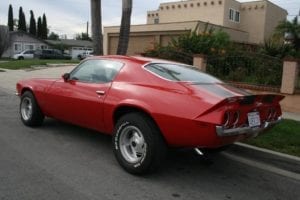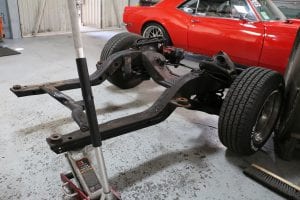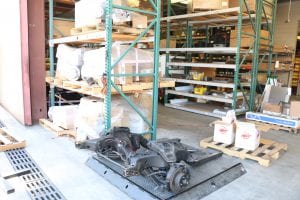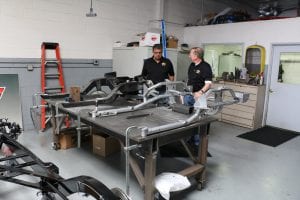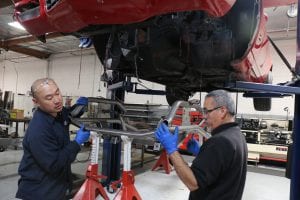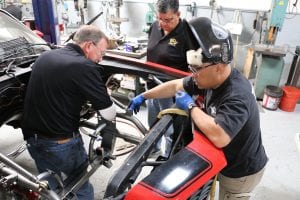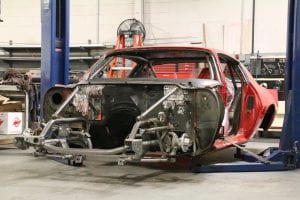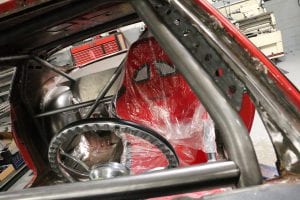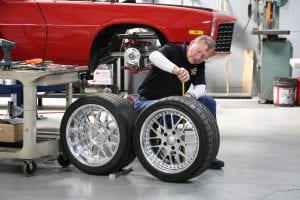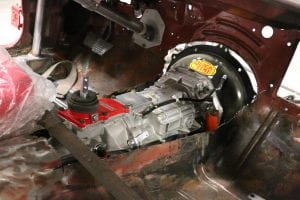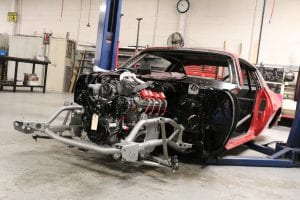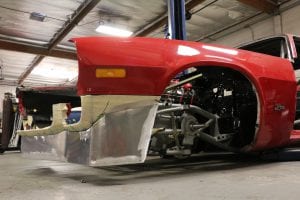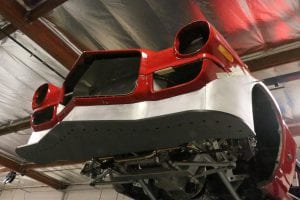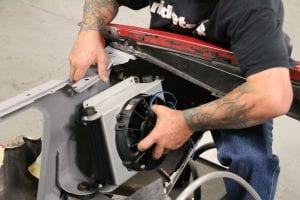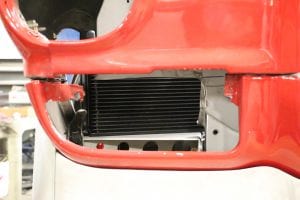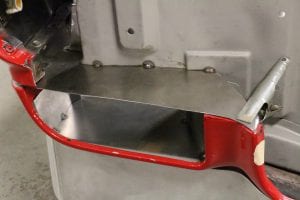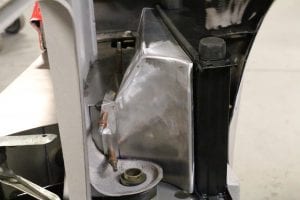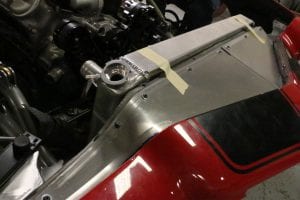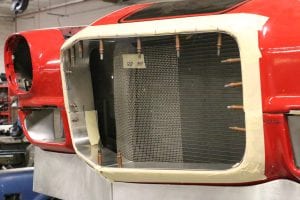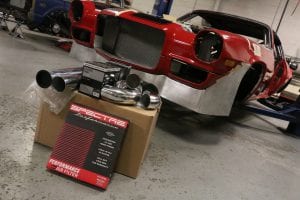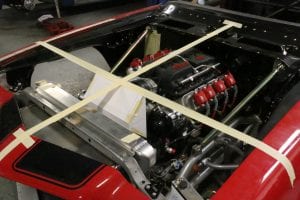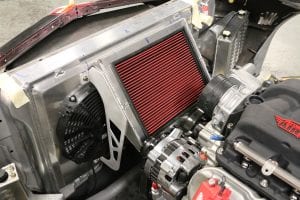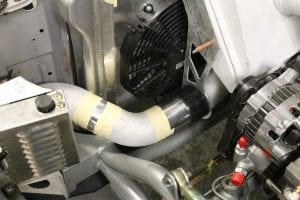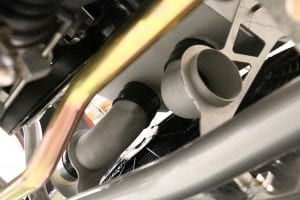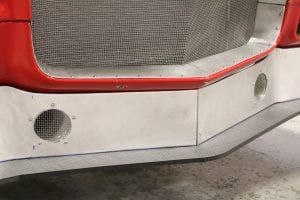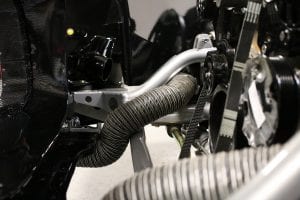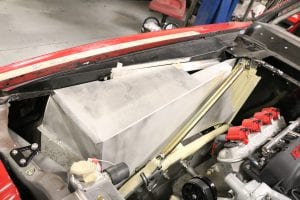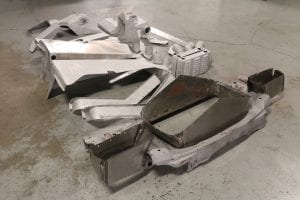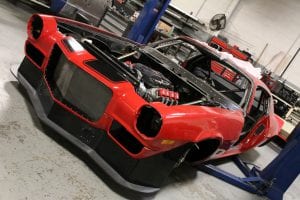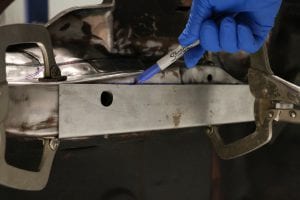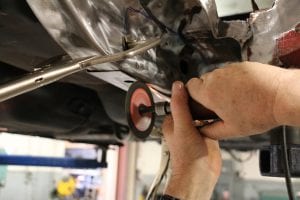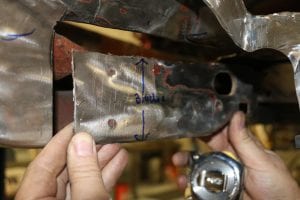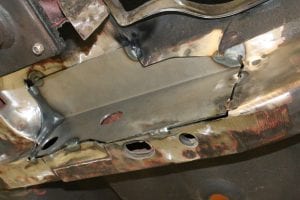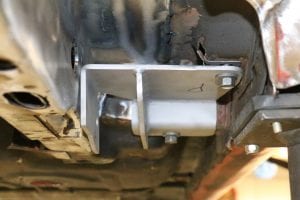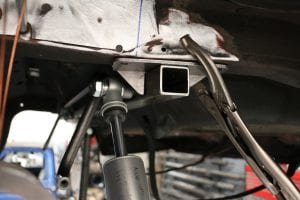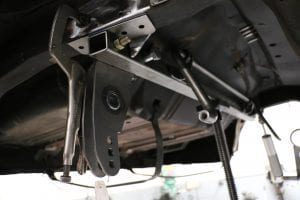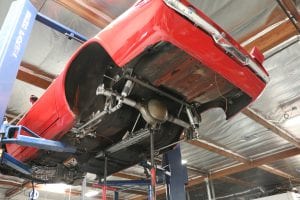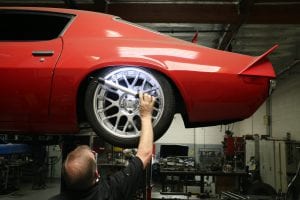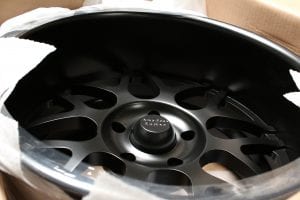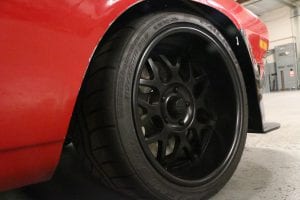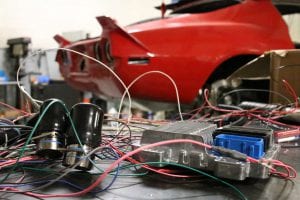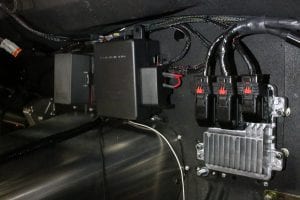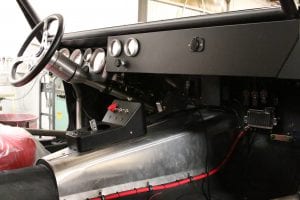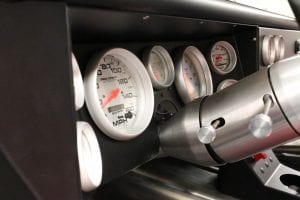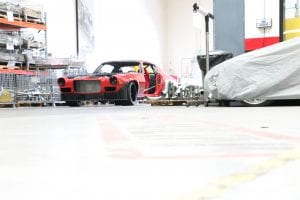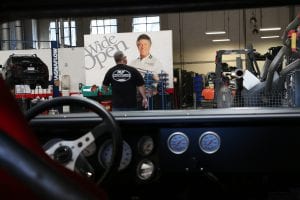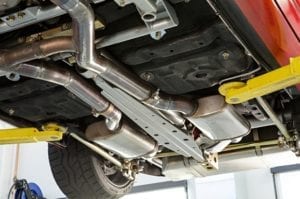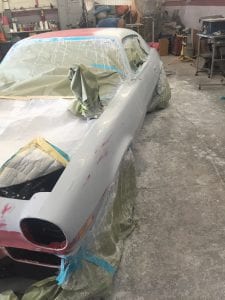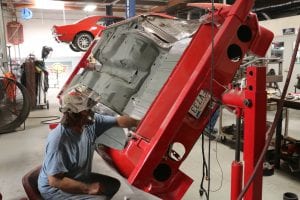3 Years in the making
#ProjectRedDawn TCI Engineering’s 2nd Gen Camaro project is an R&D initiative to design and implement new suspension products for the 2nd Gen Camaro. Here is what it looked like the day we bought it.
The first step is disassembly. No big surprises here, the car was for hte most part free of rust.
The stock front clip weighs in at 390 lbs. We’ll be saving a generous amount of weight with our tubular front clip.
Sal & Ed discussing where to begin while comparing our 1st Gen clip to the stock 2nd Gen clip.
Within a few weeks we had a mock up clip built. This was the first time testing fitment.
Things progressed quickly once the basic structure was confirmed to fit. There were just a few small alterations made to the 1st gen clip to make it fit in the 2nd gen.
We custom built a 6 point cage and also installed a DSE mini-tub kit in the rear. Procar Seats and Ididit steering column were also mocked up at this point.
Checking wheel & tire clearance. The stock inner panels are the limiting factor when trying to run a wheel wider than 10.5″. Ed is measing one of the Boze 18×11 wheels (off our ’68 Camaro) and also a 18×12 Billet Specialties wheel (off our ’67 Mustang).
Hurst Driveline provided a T56 Magnum with quicktime bellhousing & McLeod RXT dual disc clutch
Lingenfelter provided their 640hp version LS7. We added the MSD intake manifold and coils/wires. Hedman stepped headers and Billet Specialties accessory drive.
Aerodynamics were a concern with 150+ mph speeds expected on track. We began fabricating a lower front bumper/valence in order to direct as much air away from underneath the car. We wanted something that was functional but didn’t look out of place. We decided to have the new valence the same basic shape as the original bumper and body lines.
Heat is always an issue for a car that will be on track for 30 minutes at a time. We enlisted our friends at Derale to get us all the cooling items we could ever need.
With the cooler mounted there is direct air flow to it from the factory blinker holes.
We built a short air duct to funnel the air directly into the cooler. The process was repeated for the other side of the car for a 2nd cooler.
Radiator mounting was pretty straight forward. We made a valence for the top and it literaly fell into place.
The grill opening needed to funnel as much air as possible into the radiator instead of around it so we built some grill walls in front of the mesh.
We went a little outside the box for the intake tract. Spectre Performance sent us a bunch of random aluminum bends and a filter for us to work with. The inlets are built into the cooling ducts from above so they pull fresh air from the blinker inlets.
We made two 3″ openings in the lower valence to pull fresh air into the monster 14″ Wilwood brakes.
We decided to remove the factory inner panels and fabricate some new ones that would clear a 18×12 wheel.
All the new sheet metal was removed and sent off to Inland Powdercoating.
With the parts back from powdercoating the car was starting to take shape.
The rear suspension required a little creativity. The factory frame rails leave plenty of space for tires, so long as you clean up the link bar moutning area plus about 12″ aft.
We scribed a line a cut this section of the frame completely out. This will make the rail falt & straight in this area leaving plenty of room for a link bar.
We replaced this section of rail with what you see below. This was for more fabrication than what was intended for production so we have since changed this design to make it easier for the customer to install a mini-tub kit.
The new link bar mounting plate slips into the original pocket.
Once we had enough room for the link bars to clear the inside of the tire we began designing the Torque Arm suspension.
Ed mocking up his ’67 Mustang 18×12 wheels on the back.
We decided to go with an American Racing VF483 18×11 completely blacked out. (Backspace Front = 6” – Rear = 5.25”) Falken 615K 315/30/18 tires on all four corners.
Jax Motorsports tackled the wiring on the whole car.
We went old school on the dash using analog gauges from Autometer.
Magnaflow built us a custom 3″ header back exhaust. The car is casual and unassuming in light load situation but hammer down on the big pedal and it roars to life.
A week before the Super Chevy event the decision was made to let the talented folks at Danny’s Paint Shop tackle the body work and reshoot the car in red. Danny Gracia, the owner is also full time NHRA National Technical Director. We have used them many times before with shop projects but the most well known would certainly be our blue ’67 Mustang fastback. Knowing he was under the gun during Drag Race season he and his guys took on the job no questions asked. The picture below was taken less than a week before the Super Chevy Muscle Car Challenge was scheduled to begin.
Even the undercarraige was cleaned up and coated with Por 15.
With literally hours to spare we strapped #ProjectRedDawn to the Westech dyno. That Magnaflow exhaust singing a beautiful song of horsepower.
Super Chevy’s coverage of the event can be found here.
http://www.superchevy.com/features/1701-this-second-gen-1971-chevrolet-camaro-is-a-track-terror-check-it-out/
Full video of all 3 Super Chevy Muscle Car Challenge performance events can be seen here.
Look for more videos of #ProjectRedDawn at
https://www.facebook.com/Total.Cost.Involved
https://www.instagram.com/tci_engineering/
https://www.youtube.com/channel/UCdwmfUxRXrdmGfxpvg0DH0g
